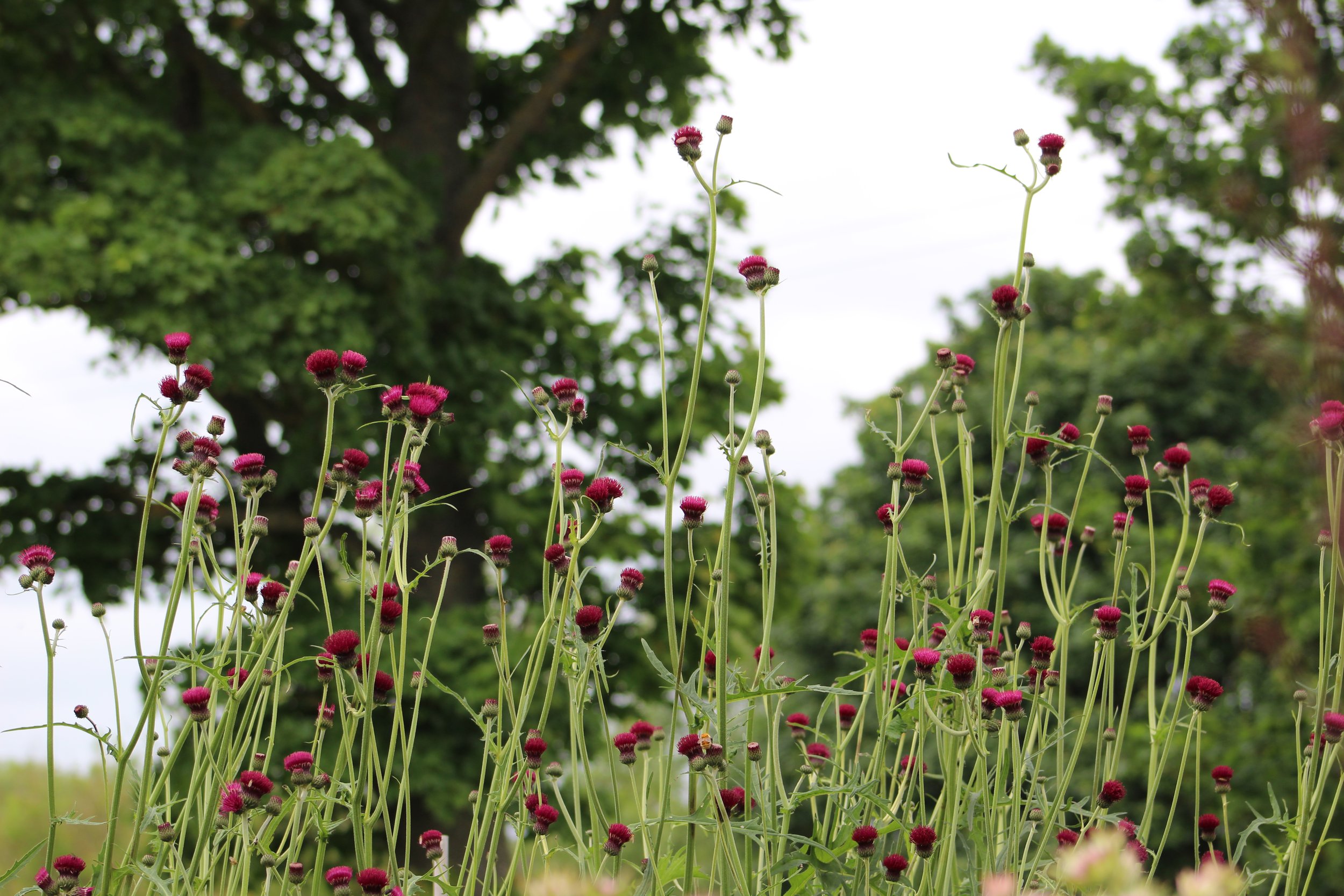Naturalistic Planting
Naturalistic planting is all about adding structure and movement to your garden. The plants selected for these styles of gardens tend to be those with tall thin stems that will sway in the wind. Repetition is key when designing a naturalistic garden as well as selecting plants that will thrive together. Naturalistic planting focuses on the structure and texture of a plant rather than colour or shape.
See below plants that we think are a must-have for a naturalistic planting scheme:
Astrantia
Astrantia is a very versatile plant and can be used in contemporary gardens as well as traditional ones. They look beautiful when combined with grasses and other perennials.
Pennisetum
Pennisetum are ornamental grasses with arching stems and fluffy flowers that add interest and texture to planting schemes. Allium pairs beautifully with this style of grass.
Verbena bonariensis
Verbena stems can grow up to 2m in height and have clusters of purple flowers from summer through to autumn. The dead stalks add beautiful structure in the winter.
Cirsium rivulare
Cirisum rivulare is a beautiful additional to any cottage garden. Combine it with fluffy grasses and other perennials for a naturalistic look.
Dierama
Dierama has tall arching stems rising above clumps of grassy evergreens that will provide movement to your garden. Pink flowers top the thin stems. Dierama looks great when planted with ornamental grasses.
Allium
Alliums are the perfect plant for using in naturalistic planting schemes. The tall thin stems with globe shaped flowers will sway in the wind and add texture. These are great companion plants for ornamental grasses and perennials.






